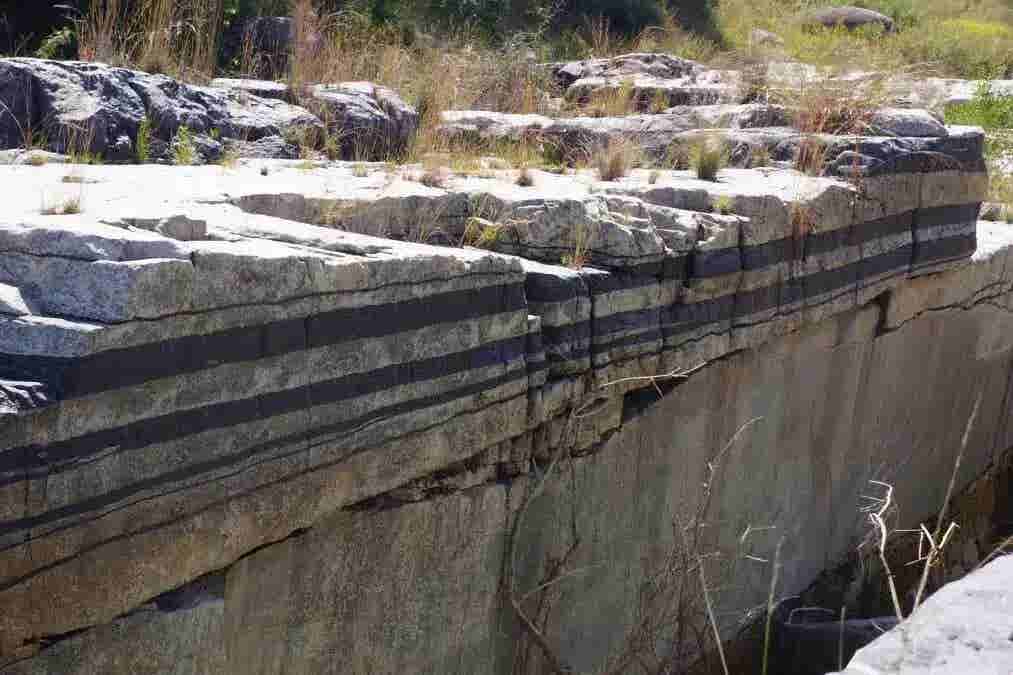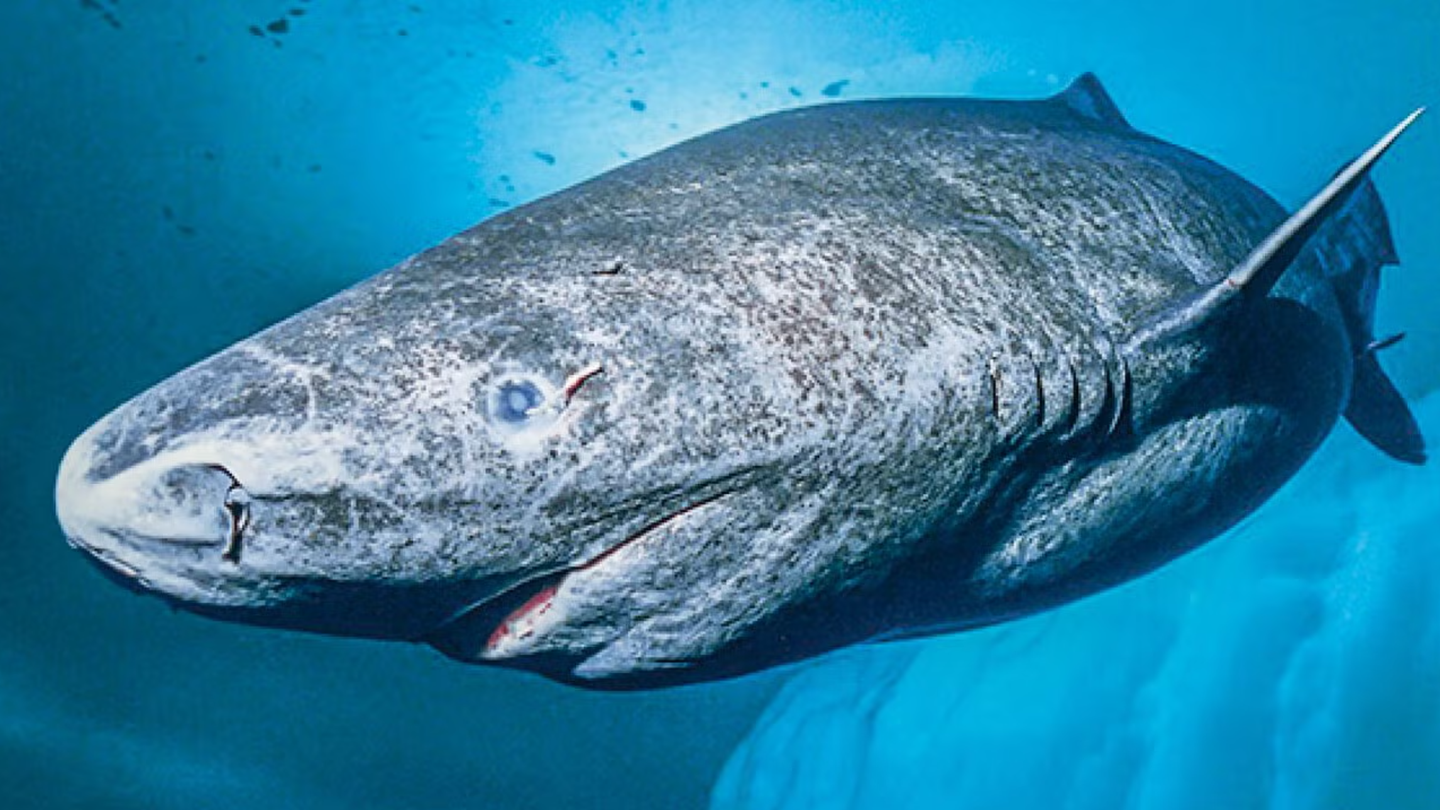Oldest living microbes discovered within a 2-billion-year-old rock
Microbes have been discovered alive inside 2-billion-year-old rock, offering a rare window into Earth’s deep past.

A team of researchers extracted a rock core from 15 meters belowground, a depth that ensured the sample had remained stable and untouched for billions of years. (CREDIT: CC BY-SA 4.0)
Microbes have been discovered alive inside 2-billion-year-old rock, offering a rare window into Earth’s deep past. Found in the Bushveld Igneous Complex (BIC) of South Africa, these microscopic organisms have endured in isolation, buried far beneath the surface. The find suggests life can survive in extreme, untouched environments for unimaginable stretches of time.
The BIC, which covers nearly 66,000 square kilometers—about the size of Ireland—is one of the oldest and largest igneous rock formations on Earth. Created by underground magma that cooled and solidified over time, the region is best known for its platinum and ore deposits. But tucked inside these mineral-rich rocks, something even more precious was hiding: ancient life, frozen in time.
A team of researchers extracted a rock core from 15 meters belowground, a depth that ensured the sample had remained stable and untouched for billions of years. The project was part of the International Continental Scientific Drilling Program, which supports drilling efforts at major geological sites. After extracting the core, scientists sliced and examined it under controlled conditions to rule out contamination.
What they found was both surprising and historic. Microbial cells were discovered tightly clustered in fractures within the rock. These fractures had been sealed by clay, which created a tiny, closed world where the microbes could survive undisturbed. The clay acted like a natural shield, preventing anything from entering or leaving, including air or other microbes.
This marks the oldest instance of living microorganisms ever discovered inside rock. Before this, the most ancient known microbes were found in 100-million-year-old seabed deposits. The new discovery pushes the record back nearly twenty times further and hints at the strength and longevity of microbial life in Earth’s harshest corners.
The implications stretch far beyond Earth’s geology. These microbes could help scientists piece together how early life evolved under extreme conditions. Their survival also raises hope for finding similar life forms on other planets that host underground environments, like Mars.
Related Stories
Lead researcher Yohey Suzuki, associate professor at the University of Tokyo’s Graduate School of Science, expressed the breakthrough’s importance. “We didn’t know if 2-billion-year-old rocks were habitable,” he said. “Until now, the oldest geological layer in which living microorganisms had been found was a 100-million-year-old deposit beneath the ocean floor, so this is a very exciting discovery. By studying the DNA and genomes of microbes like these, we may be able to understand the evolution of very early life on Earth.”
The team employed advanced techniques to ensure the microbes they found were native to the rock and not a result of contamination.
A combination of infrared spectroscopy, electron microscopy, and fluorescent microscopy allowed them to stain and analyze the DNA of the microbes while confirming the proteins within the microbes and surrounding clay were untouched by modern contaminants. The precision and care taken during the analysis were crucial to validating that the microorganisms were indeed from 2 billion years ago.
This research goes beyond Earth’s history. Suzuki expressed his excitement about the broader implications of the study, particularly regarding the search for extraterrestrial life. "I am very interested in the existence of subsurface microbes not only on Earth but also the potential to find them on other planets," he said.
"NASA’s Mars rover Perseverance is currently due to bring back rocks that are a similar age to those we used in this study. Finding microbial life in samples from Earth from 2 billion years ago and being able to accurately confirm their authenticity makes me excited for what we might be able to now find in samples from Mars,” he continued.
The significance of this discovery lies not only in the extraordinary age of the microbes but also in what it tells us about the conditions under which life can survive. Subsurface environments, shielded from drastic climate changes and cosmic radiation, may have provided a stable refuge for life to persist over geologic time scales.
Studying these ancient life forms offers insights into how life may endure under extreme conditions on Earth—and possibly on other planets.
The sealed nature of the rock fractures, packed with clay, suggests that these microbes lived in isolation, sealed off from external influences for billions of years. This long-term isolation could help explain why these organisms have barely evolved over such vast timescales, as their environment remained unchanged, with no significant pressures pushing them toward adaptation.
The implications for future space exploration are profound. As Suzuki mentioned, Mars is currently being explored for signs of past or present life. The rock samples that NASA’s Perseverance rover is set to return from the Red Planet may contain ancient life forms similar to those found in the Bushveld Igneous Complex.
The techniques developed by Suzuki’s team could be instrumental in determining whether Mars once harbored microbial life and whether such life still exists in its subsurface today.
In the end, these tiny microbes hidden away in ancient rock not only offer a window into Earth's distant past but also give hope to scientists searching for life beyond our planet. Whether on Mars or other celestial bodies, the possibility of finding life in places long thought inhospitable is now closer than ever, thanks to discoveries like this.
Note: Materials provided above by The Brighter Side of News. Content may be edited for style and length.
Like these kind of feel good stories? Get The Brighter Side of News' newsletter.



